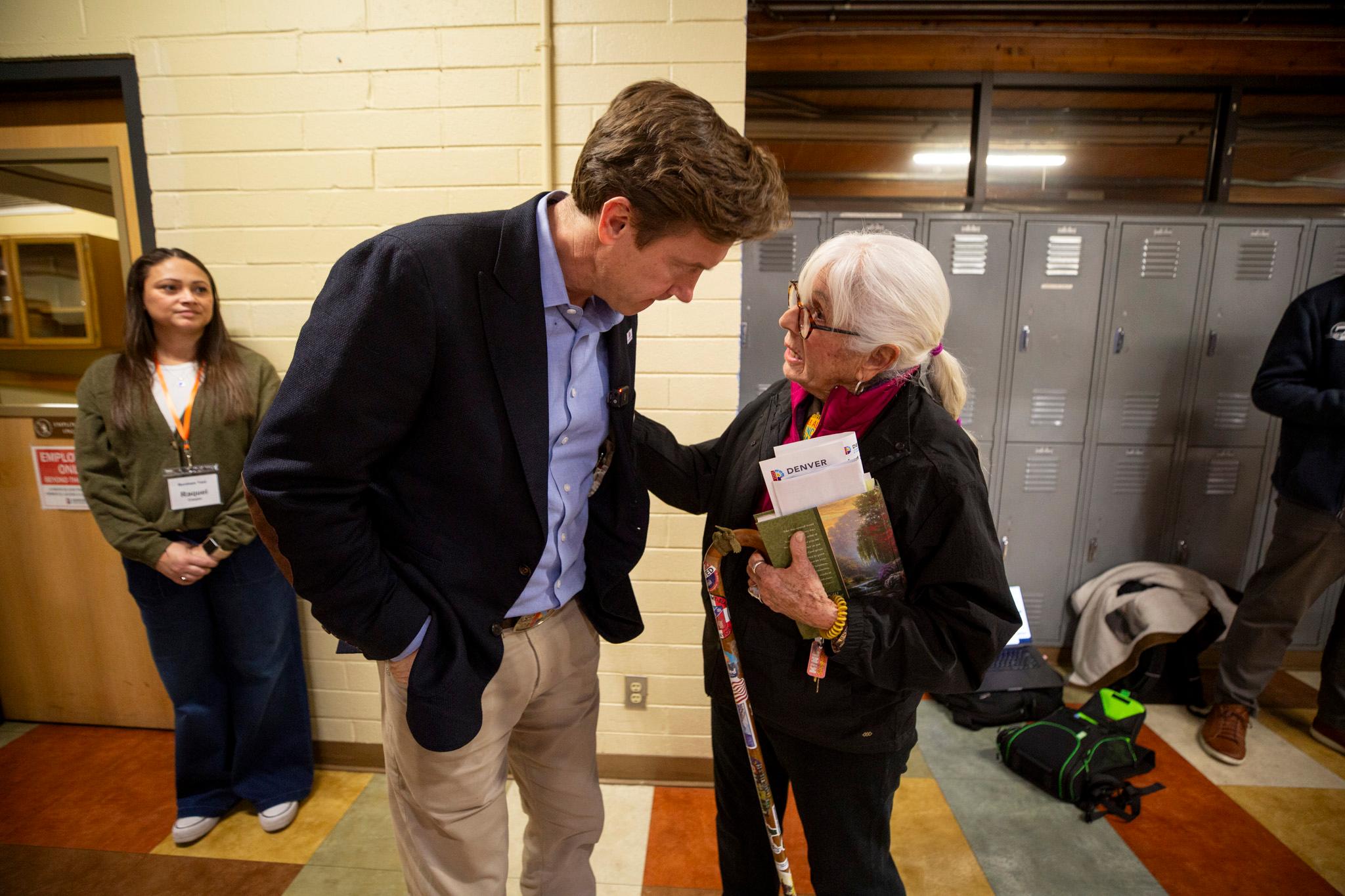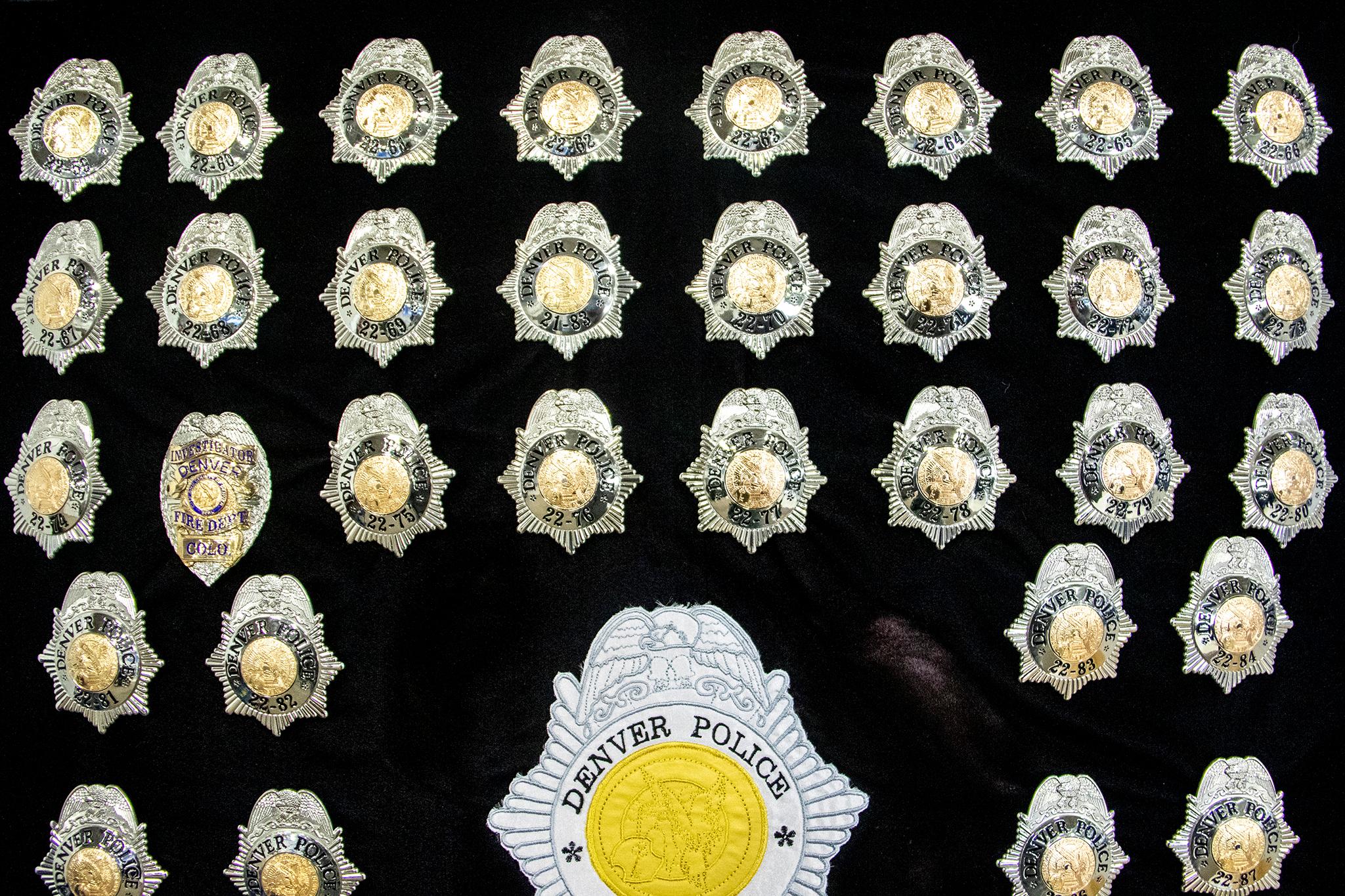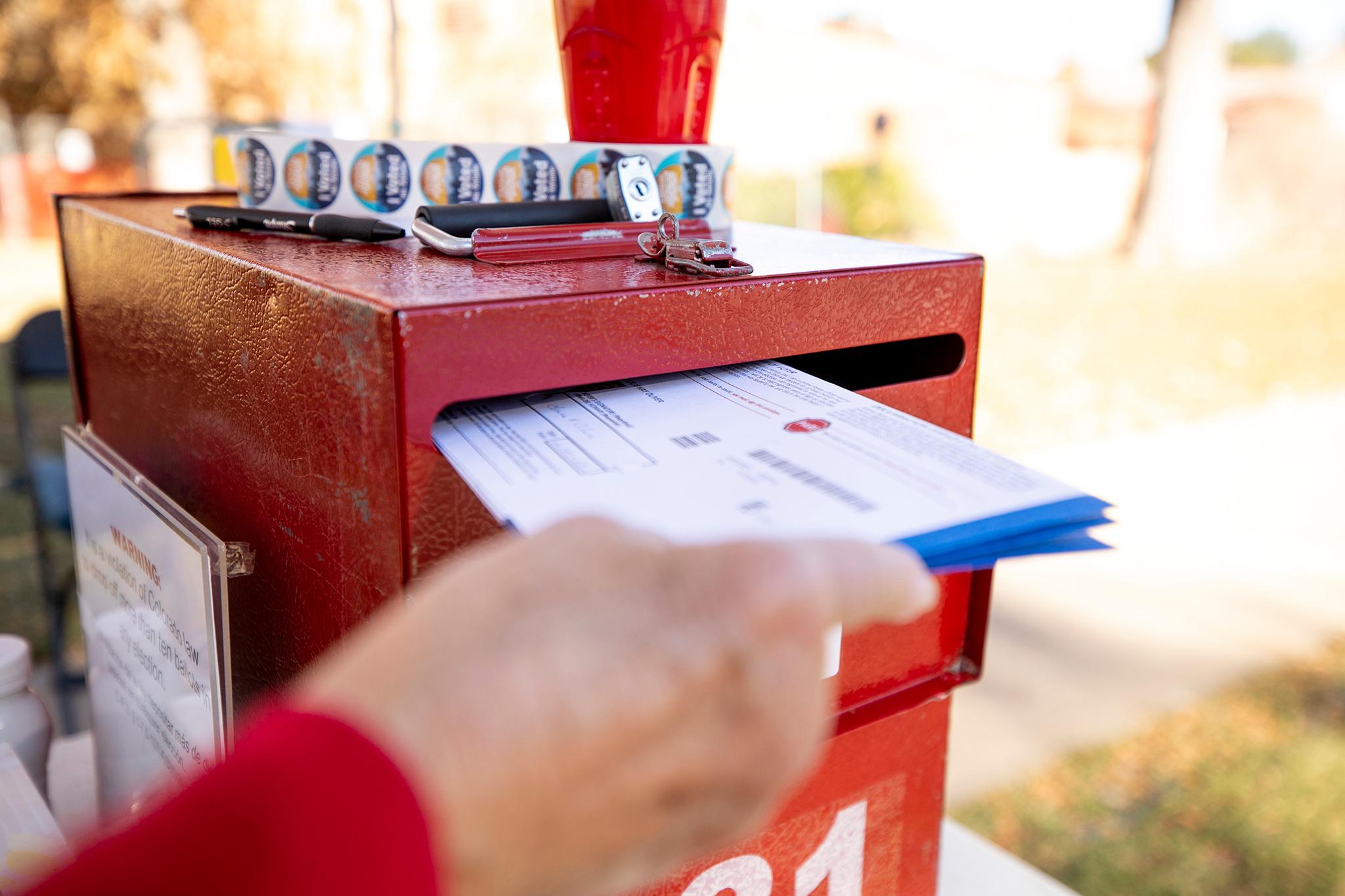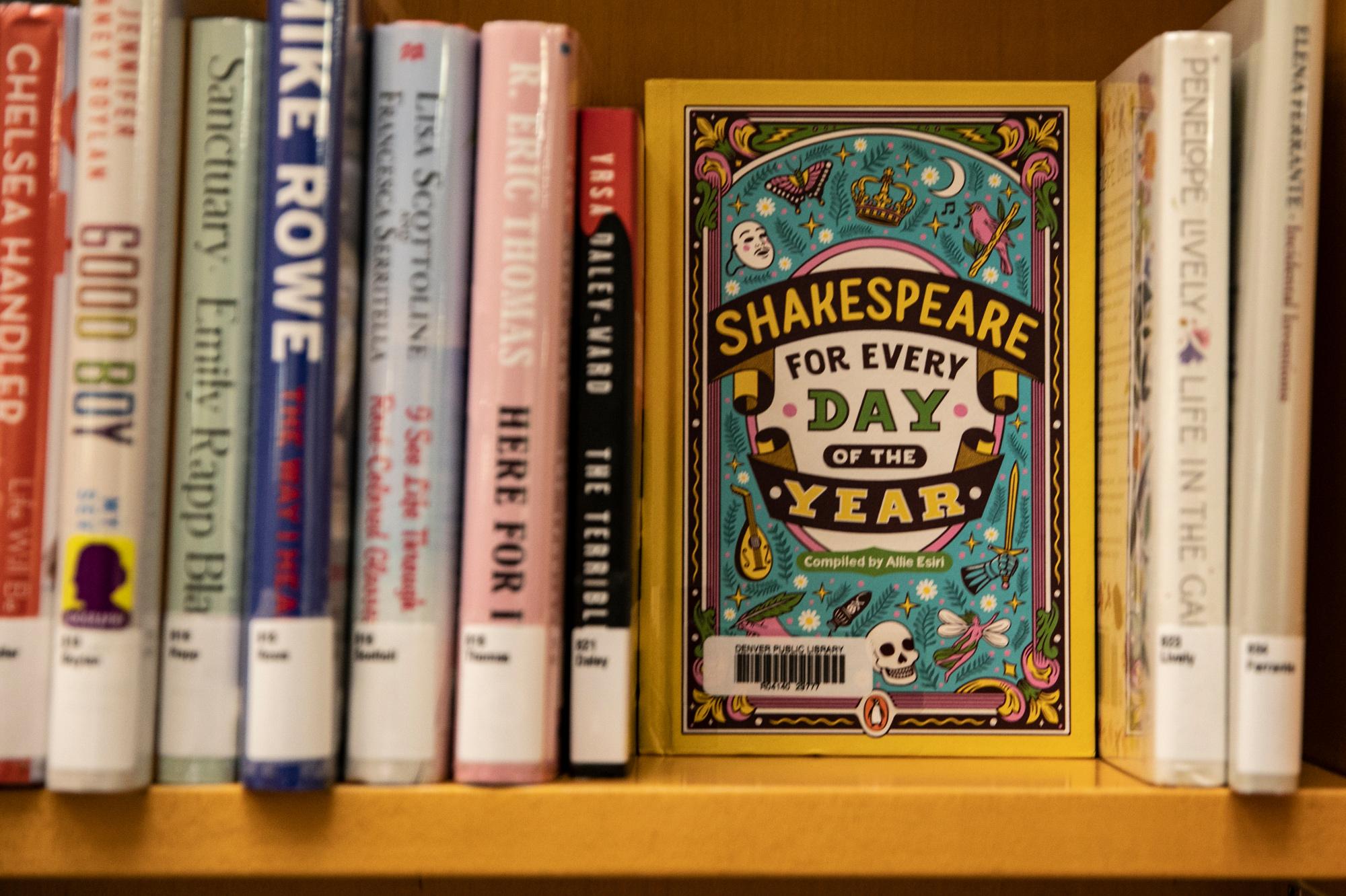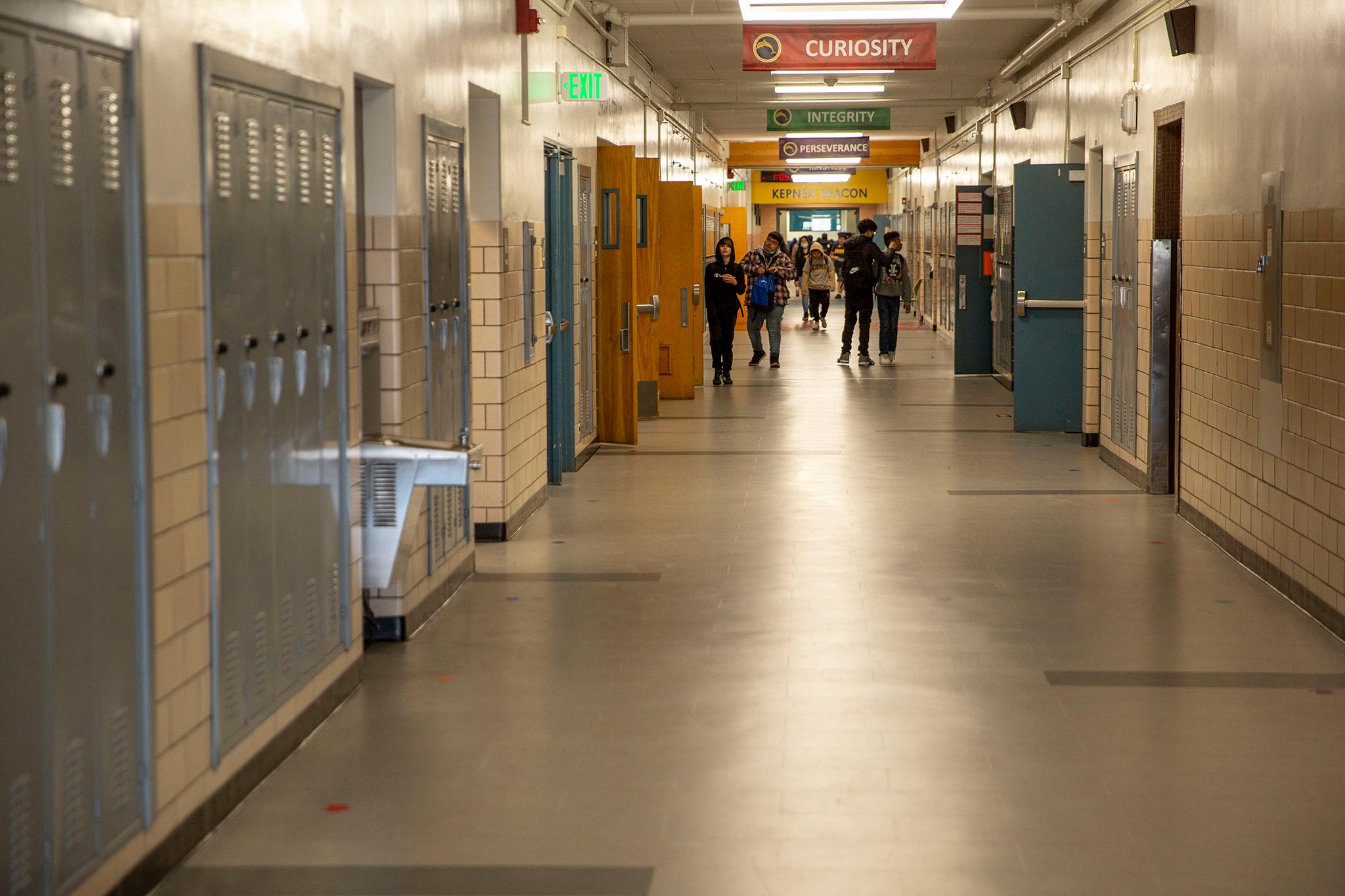Hundreds of Denverites packed into the La Alma Recreation Center to debate the future of Burnham Yard, the decommissioned railyard that is set to become the future home of the Denver Broncos.
Residents were invited to mingle with city and team officials as they draft a small area plan for Burnham Yard.
While the overarching vision of the area is to build a bustling, mixed-use district akin to downtown and the future Ball Arena redevelopment, the details are still up in the air — and residents are being asked to weigh in.

People in attendance talked about everything from displacement in the neighborhood to public transportation and local businesses
Here are three things we heard.
Public transit, walkability and parking are big on people’s minds
Many residents are worried about what a new stadium would mean for parking and transportation in the neighborhood. The Broncos’ current stadium regularly sells out with more than 75,000 seats.
“I live in the area, I want to know about the transportation, if there's going to be any change using public transportation. Also, if there's any parking?” said Tegist Kebede.

The Broncos’ recently released plan calls for a “shared parking model,” relying on both new onsite parking and existing parking along nearby light rail lines.
Neighbors said they don’t want their streets overcrowded with cars on game days.
“Don't park here,” said superfan Donna Estrada, who was decked out in Broncos gear. “You have your own parking if you get off the train.”
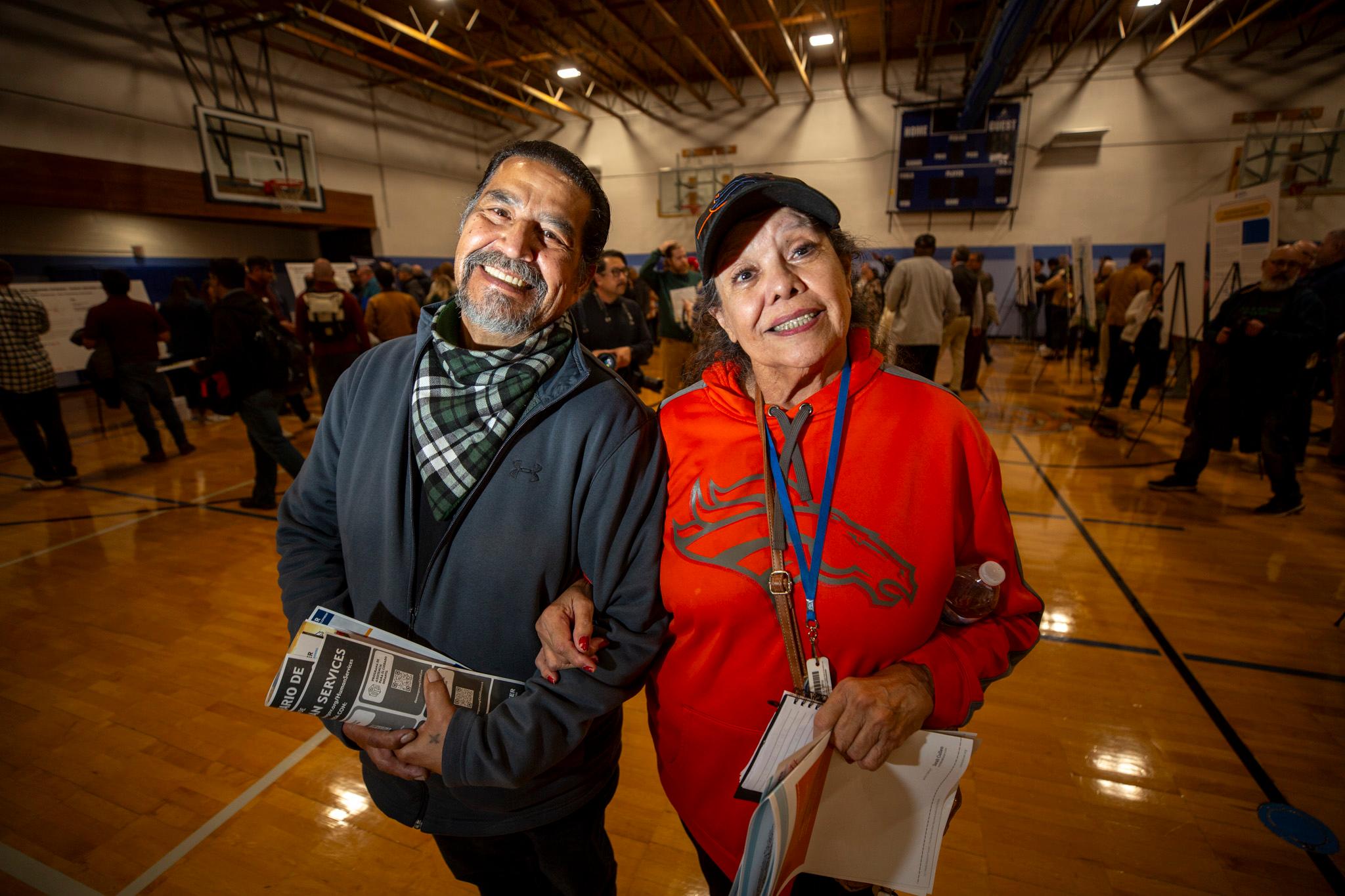
Others hoped for a better public transportation system in and around the neighborhood. The existing 10th and Osage light rail station is just east of the site, though it is separated by a rail corridor that would need to be bridged. And there are just a handful of bus stops on the east side of Lincoln Park, but nothing to the north, south, or west of Burnham Yard.
“If we don't add extra capacity at 10th and Osage, it's going to get swamped pretty quickly,” said high schooler Maitri Lazaroff, who was representing Philadelphia’s SEPTA public transit system on his sweater.
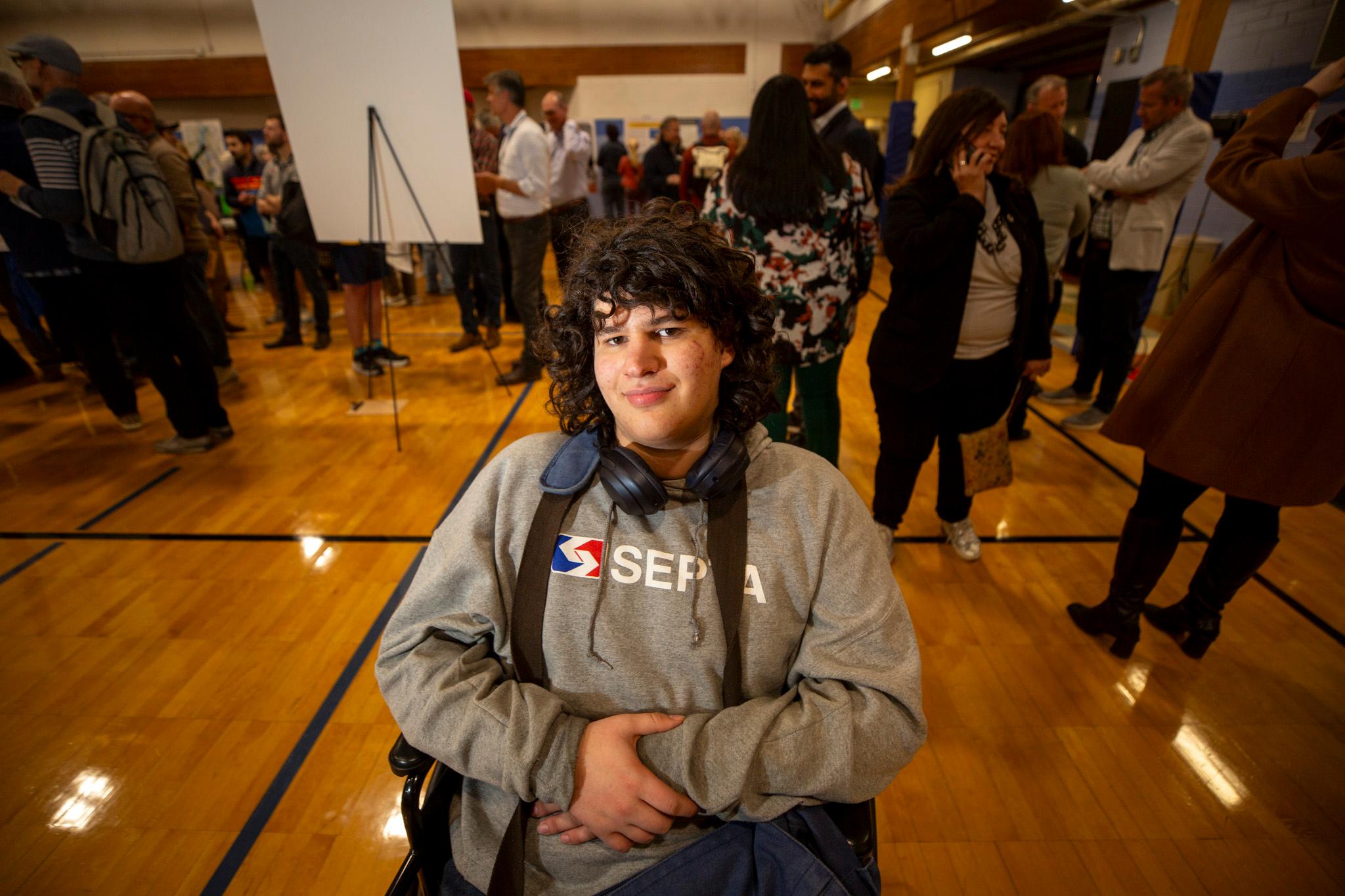
The team also hopes the planned Front Range Passenger Rail system will have a stop near the stadium.
About 8 percent of Lincoln Park residents take public transit to work and about 13 percent bike or walk, higher than the city average.
The mayor was confronted by a Lincoln Park resident afraid of being priced out.
As Mayor Mike Johnston was leaving the venue, Misty Lubin-Salazar and her mother-in-law, Gloria Leyba, asked him what the city would do to prevent residents like them from being priced out of the neighborhood.
“The concerns that we have are the current residents that are here now, keeping it affordable for our current residents who have been here for many, many generations and who can continue to be here long past when we're gone, like my little girl right here,” Lubin-Salzar said, pointing to her fast-asleep daughter in a stroller.
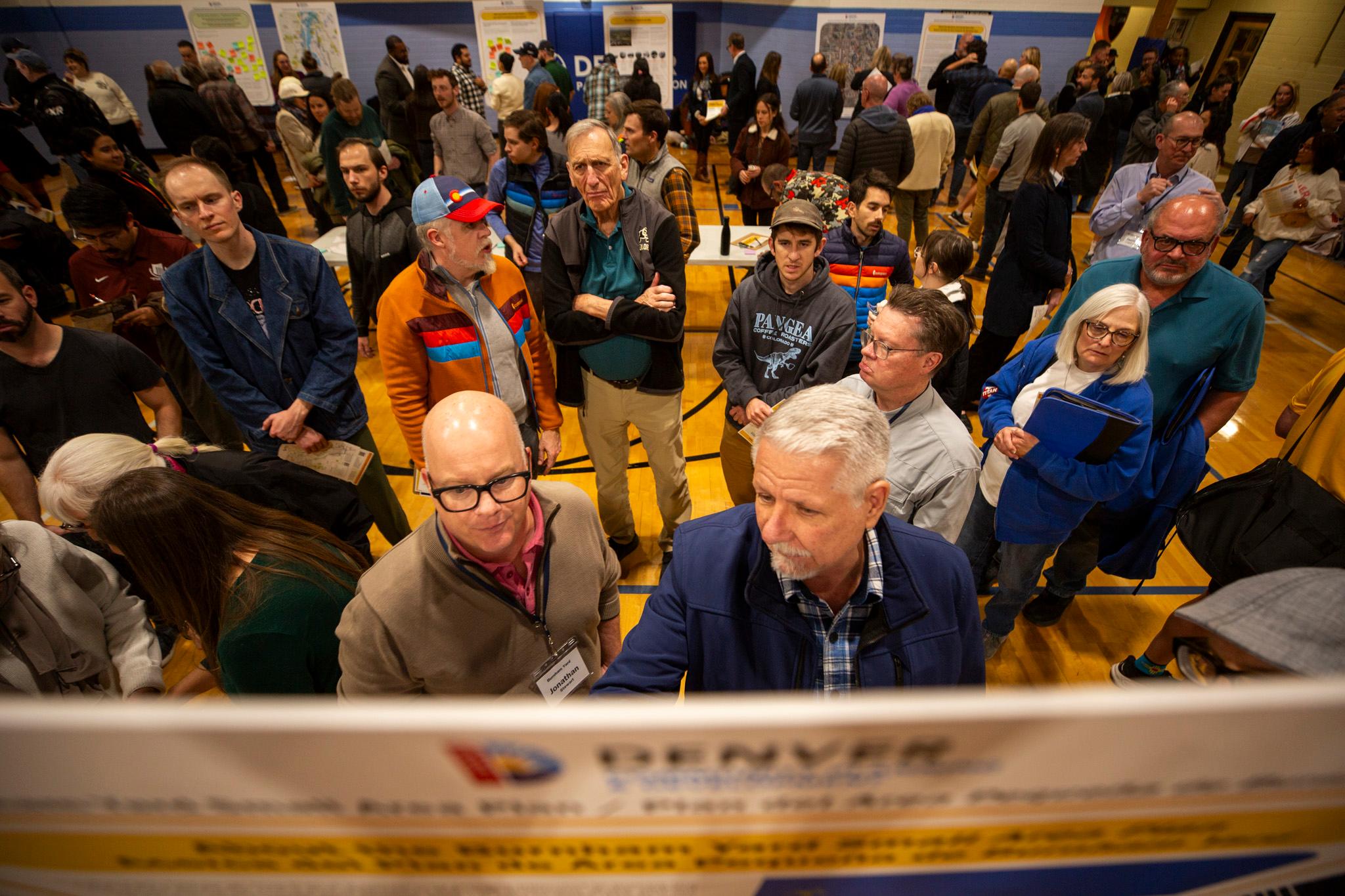
Johnston said that’s something the city is watching and concerned about. He said planners could tap into existing programs and strategies to prevent displacement, like land trusts that lock in property tax rates for buildings and building new affordable housing developments.
City statistics show about 22 percent of Lincoln Park residents live below the poverty line. Citywide, that number is about 11 percent. About a third of the neighborhood makes less than $35,000.
Residents want local businesses to thrive.
Lincoln Park resident Gabi Witkin was clear: she doesn’t want the stadium to be surrounded by a sea of parking lots.
“I guess if I were to look at all three stadiums that were built in the Denver area, Coors Field would be the probably better example,” she said.
But she doesn’t want big chains to take up leases in the eventual mixed-use district.
“I'd like to see a real emphasis on small-scale local businesses and a variety of different kinds of businesses,” Witkin said.
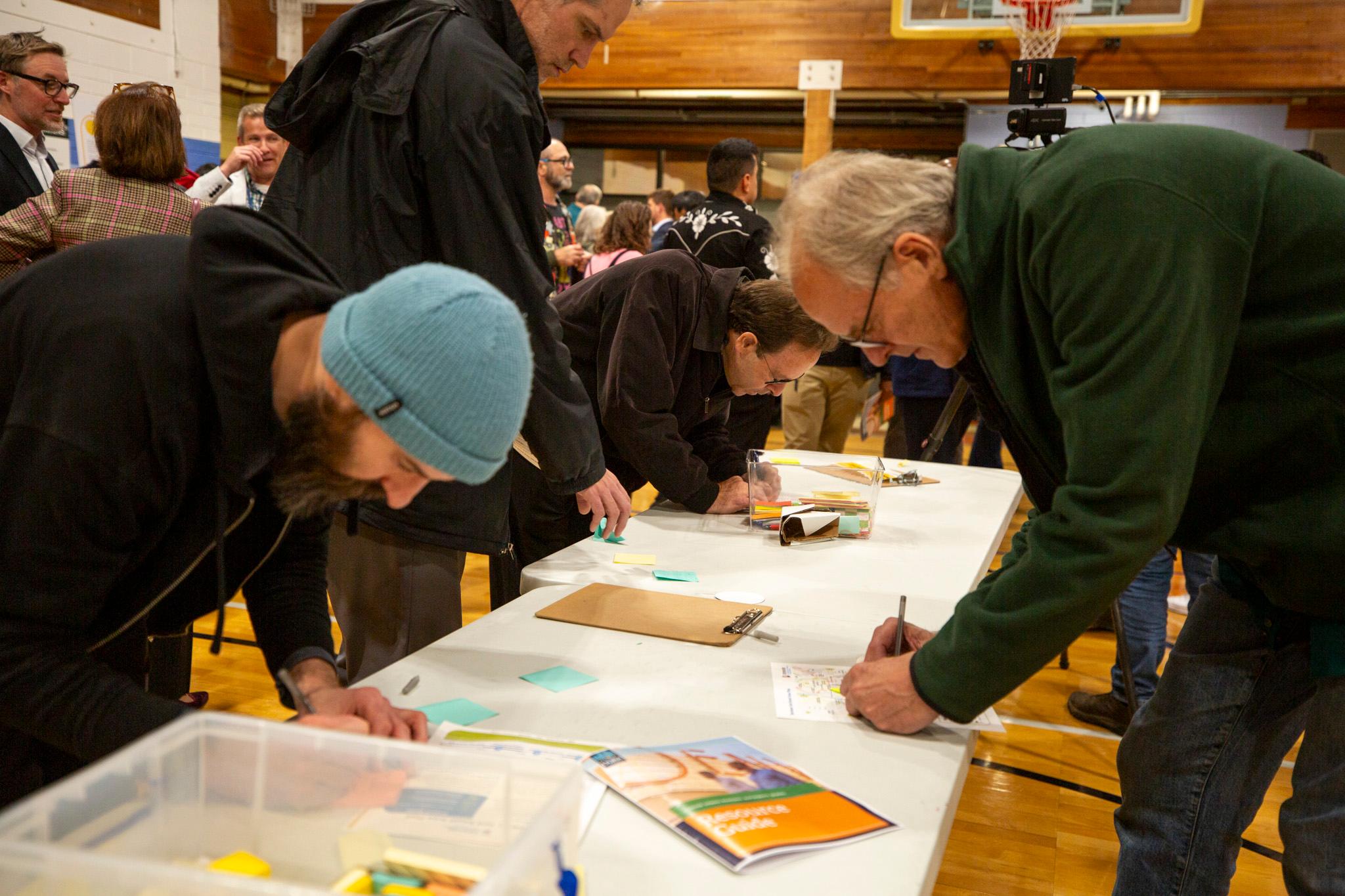
Mike Dehnbostel attended the meeting with his wife and young child. He said he didn’t expect to raise his son in a neighborhood defined by a professional football stadium, but he’s excited to lean into it and participate in the public process to develop Burnham Yard.
He had one important request.
“Ice cream's great, and there should be walkable ice cream in every neighborhood,” he said.

